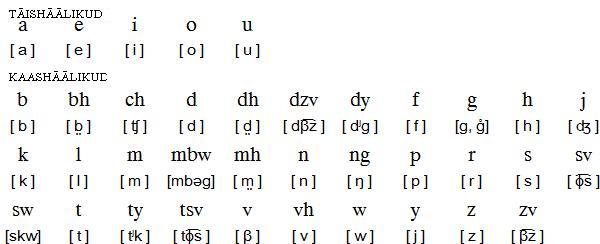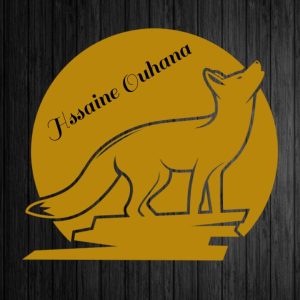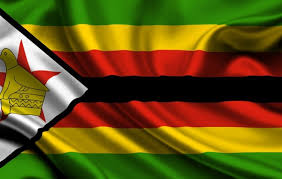Languages in Zimbabwe, several languages, are spoken or have historically been spoken. Zimbabwe now has 16 official languages: Chibarwe, English, Kalanga, Koisan, Nambya, Ndau, Ndebele, Shangani, Shona, sign language, Sotho, Tonga, Tswana, Venda, Xhosa, and Chewa. The primary languages of the nation are Shona, which is spoken by over 70% of the people, and Ndebele, which is spoken by over 20%. English is the lingua franca of the country, utilized in government and business, as well as the primary language of instruction in schools. Most white Zimbabweans speak English as their first language, but the majority of black Zimbabweans speak it as their second. A minority of white Zimbabweans formerly spoke Afrikaans, Greek, Italian, Polish, and Portuguese, among other languages, While Gujarati and Hindi are spoken by the country’s Indian population. Deaf Zimbabweans generally utilize Zimbabwean Sign Language, with some also adopting American Sign Language. Because Zimbabwe has never undertaken a census that identified individuals by language, Zimbabwean language data is based on estimations.
the oldest languages in Zimbabwe

Shona is the main language of Zimbabwe, alongside Ndebele and English as the official business language. Shona is spoken by a large proportion of the Zimbabwean population. Other countries where Shona speakers reside are Zambia, Botswana, and Mozambique.
Shona is a Bantu language spoken by many as the official language. According to the Science of Living Languages, the Shona includes the Karanega, Zizuru, and Krikor dialects, which are spoken by approximately 10.8 million people. The Shona Manika and Wendau dialects are variously listed by Linguistics Living, spoken by 1,025,000 and 2,380,000 people, respectively. The total number of Shona speakers is about 14.2 million people. The Zulu language is the second most spoken of the Bantu languages, with 10.3 people spoken according to the Science of Living Languages.
Shona is a standard written language comprising writing rules and grammar that was codified in the early 20th century and became established in the 1950s. The first novel written in the Shona language, Feso by Suleiman Mutsuru, was published in 1957. Shona is also taught in schools, but there is no general language of instruction for other subjects. It has its own literature and is described in both monolingual and bilingual dictionaries (chief among them is the Shona-English dictionary). Modern Shona is based on the dialect spoken by the Karanega people of Masvingo Province, an area around Great Zimbabwe, and the Zizuru people of central and northern Zimbabwe. In addition, all Shona dialects are of equal official importance and are taught in local schools.
Shona is one of the languages of the large Bantu language family. In Guthrie’s classification of regions of Bantu languages, region S10 allocates the dialect group with close variations, including Shona proper, Manica and Namibia, Wendau in Zambia and central Mozambique, Tawara and Tewe in Mozambique, and Ikalanga language in Botswana and western Zimbabwe.
Shona speakers most likely moved to Zimbabwe today from the Mapungubwe and K2 communities in Limpopo, South Africa, before the invasion of English settlers. There is a misconception that speakers of the Karanega dialect absorbed the Ndebele culture and language and transformed it into the Kalanga. This misconception is a direct result of the political bias that exists within the Zimbabwean National Curriculum. The Kalanga language is widely spoken in Botswana, where the Ndebele is absent. It is believed that the Kalanga language is the language spoken by the people of Mapungwe (Department of Archeology at Witts University). If this proves correct, it follows that the Shona dialect is derived from the Kalanga. Karanega is closest to Kalanga from the rest of the aforementioned dialects. Karanega and Kalanga are closer to Venda than other Shona dialects.


Leave a Reply